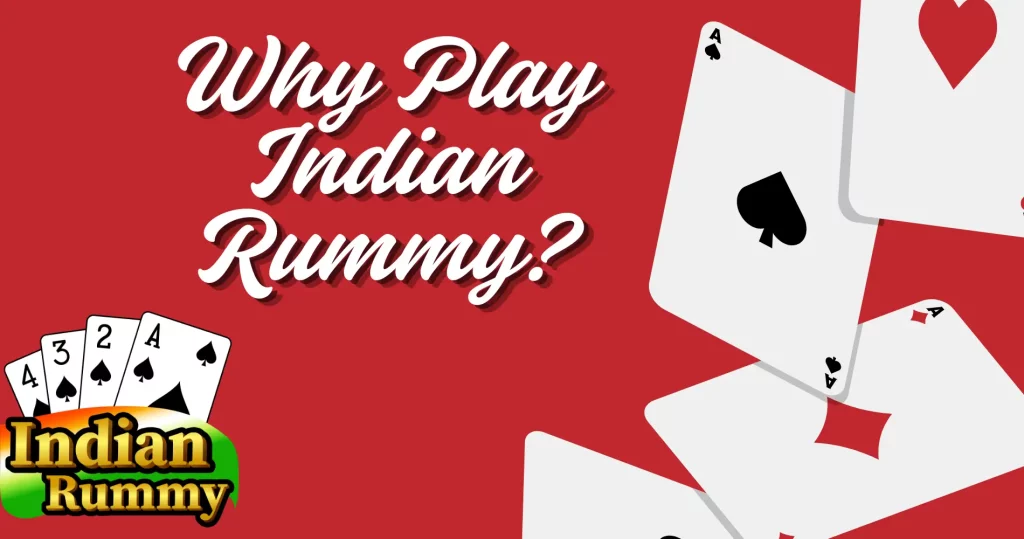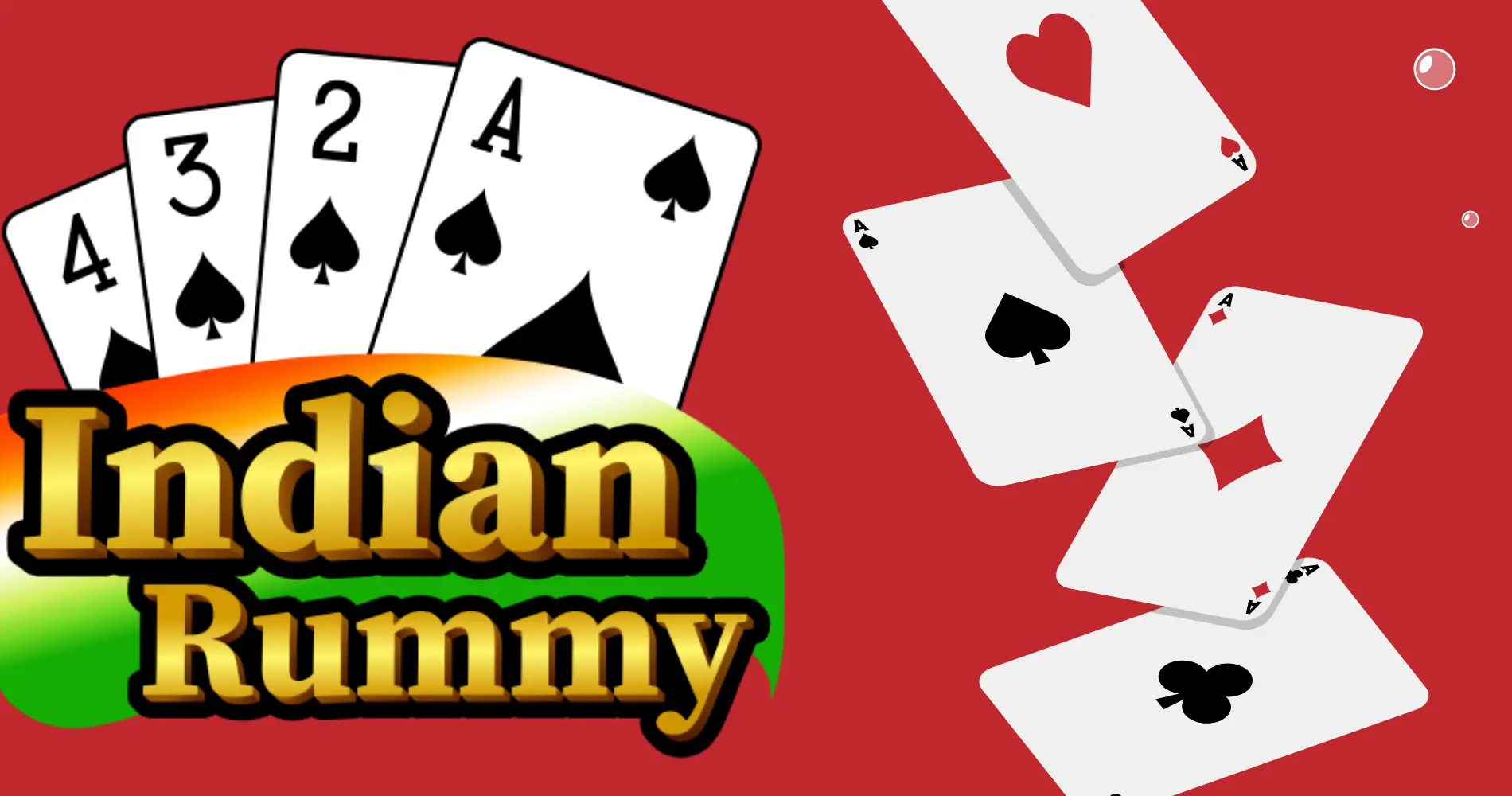Hello there! Do you know if they make any plugins to assist with SEO? I'm trying to get my website…
Indian Rummy, a beloved card game in India, combines strategy, skill, and luck in a thrilling blend of entertainment. Known for its engaging gameplay and rich cultural history, Indian Rummy stands out in the world of card games. In this blog, we’ll explore the nuances of Indian Rummy and compare it with other popular casino rummy games to understand what makes it unique.
What is Indian Rummy?
Indian Rummy is a variation of the traditional rummy card game that’s particularly popular in India. Played with two decks of cards, including jokers, the game is typically enjoyed by 2 to 6 players. The objective is to form valid sets and sequences from the cards in hand, with the ultimate goal of declaring a valid hand and winning the game.
Key Features:
- Decks and Cards: Indian Rummy uses two decks of 52 cards each, plus jokers. The jokers are wild and can be used to substitute any card to form a valid set or sequence.
- Gameplay: Players draw and discard cards to build valid sets (three or four cards of the same rank but different suits) and sequences (three or more consecutive cards of the same suit). The game ends when a player declares a valid hand by forming at least two sequences, one of which must be a pure sequence (without jokers).
- Winning Criteria: The player who declares first with a valid hand wins the game. The remaining players are then assessed based on the points of the cards they hold.
Comparing Indian Rummy to Other Casino Rummy Games
To better understand it’s unique appeal, let’s compare it to other popular casino rummy games:
1. Classic Rummy
- Gameplay: Classic Rummy, the standard version of the game, typically involves one deck of cards and follows similar rules to Indian Rummy but without the use of jokers in some variants. The core objective remains to form sets and sequences.
- Differences: Indian Rummy’s use of two decks and jokers adds a layer of complexity and variety that isn’t present in Classic Rummy. The inclusion of jokers can significantly alter strategies and gameplay.
2. Gin Rummy
- Gameplay: Gin Rummy is a two-player variant where players aim to form sets and runs with a single deck of cards. The game involves drawing and discarding cards to improve hand combinations.
- Differences: Unlike Indian Rummy, Gin Rummy is generally played with just one deck and doesn’t include jokers. The scoring system and strategies are also distinct, with a focus on forming high-scoring combinations and knocking to end the round.
3. Kalooki (Kaluki)
- Gameplay: Kalooki, also known as Kaluki, is a variation of rummy that often uses two decks and jokers, similar to Indian Rummy. The game involves creating sets and runs, but with different rules for melding and scoring.
- Differences: Kalooki has variations in the rules for declaring and scoring, making it somewhat different from Indian Rummy. The game might also include additional rules regarding card melding and end-game conditions.
4. Oklahoma Rummy
- Gameplay: Oklahoma Rummy is a variant of Gin Rummy, played with a standard deck of cards. It includes rules where the first card dealt to the discard pile determines the minimum meld requirement for the round.
- Differences: Oklahoma Rummy’s melding rules and discard pile mechanics differ from Indian Rummy. The focus on meeting specific meld requirements and the strategic use of the discard pile create a distinct gameplay experience.
5. Kalooki 40
- Gameplay: Kalooki 40 is a variation where players use two decks and jokers, with specific rules for melds and scoring. It combines elements of traditional rummy with unique rules for declaring and ending the game.
- Differences: While Kalooki 40 shares similarities with Indian Rummy, such as using two decks and jokers, it has specific rules and scoring systems that distinguish it from the traditional Indian version.

Why Play?
Indian Rummy offers a unique blend of strategy, skill, and cultural tradition. Its use of two decks and jokers adds layers of complexity that make the game exciting and challenging. Whether you’re playing casually with friends or participating in competitive online tournaments, Indian Rummy provides a rewarding and engaging experience.
Key Advantages:
- Variety of Gameplay: The use of two decks and jokers introduces diverse strategies and game dynamics.
- Cultural Appeal: Indian Rummy holds a special place in Indian culture, often associated with family gatherings and festivals.
- Skill and Strategy: The game requires a blend of skill and strategy, making each game session an intellectually stimulating experience.
Conclusion
Indian Rummy stands out as a rich and engaging card game with unique features that set it apart from other casino rummy variants. Its use of two decks and jokers, along with its deep cultural roots, make it a popular choice among players. By comparing Indian Rummy to other rummy games, it’s clear that each version offers its own set of rules and strategies, contributing to the diversity and appeal of the rummy genre.
Ready to experience the thrill of Indian Rummy? Dive into the game and discover why it’s a favorite among card game enthusiasts. Explore our tips and strategies to enhance your gameplay and enjoy the excitement of Indian Rummy like never before!
